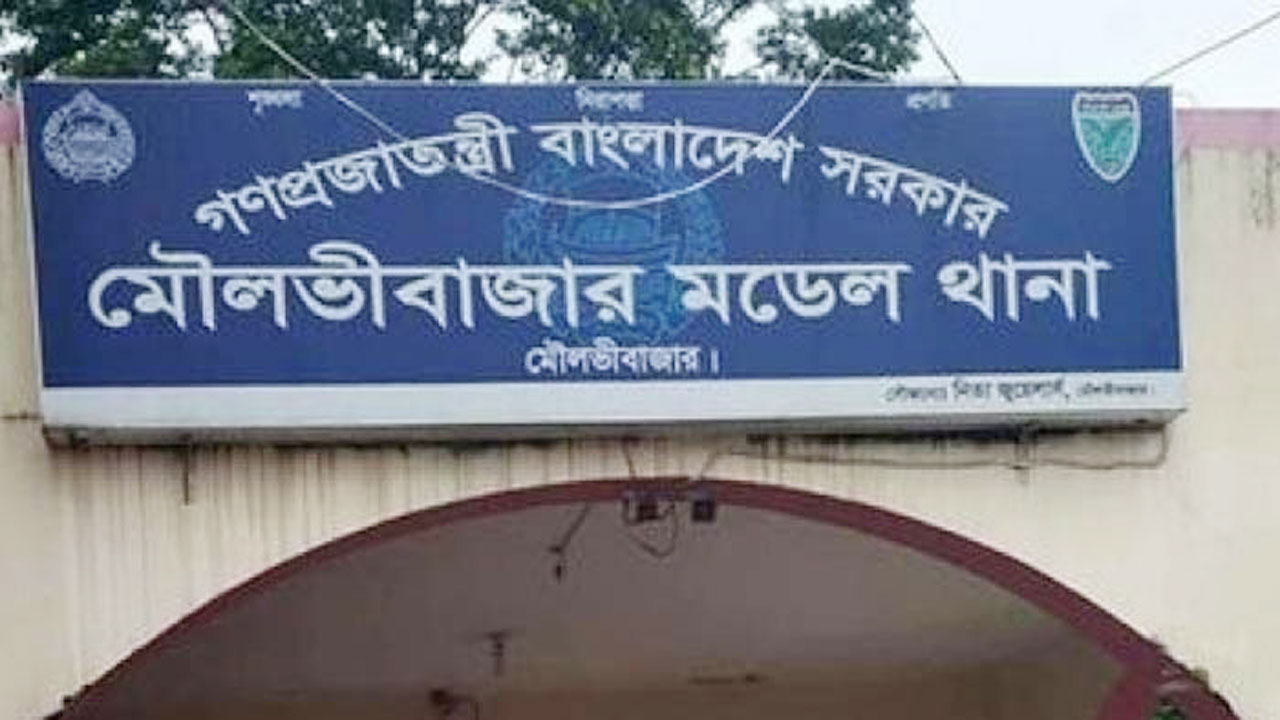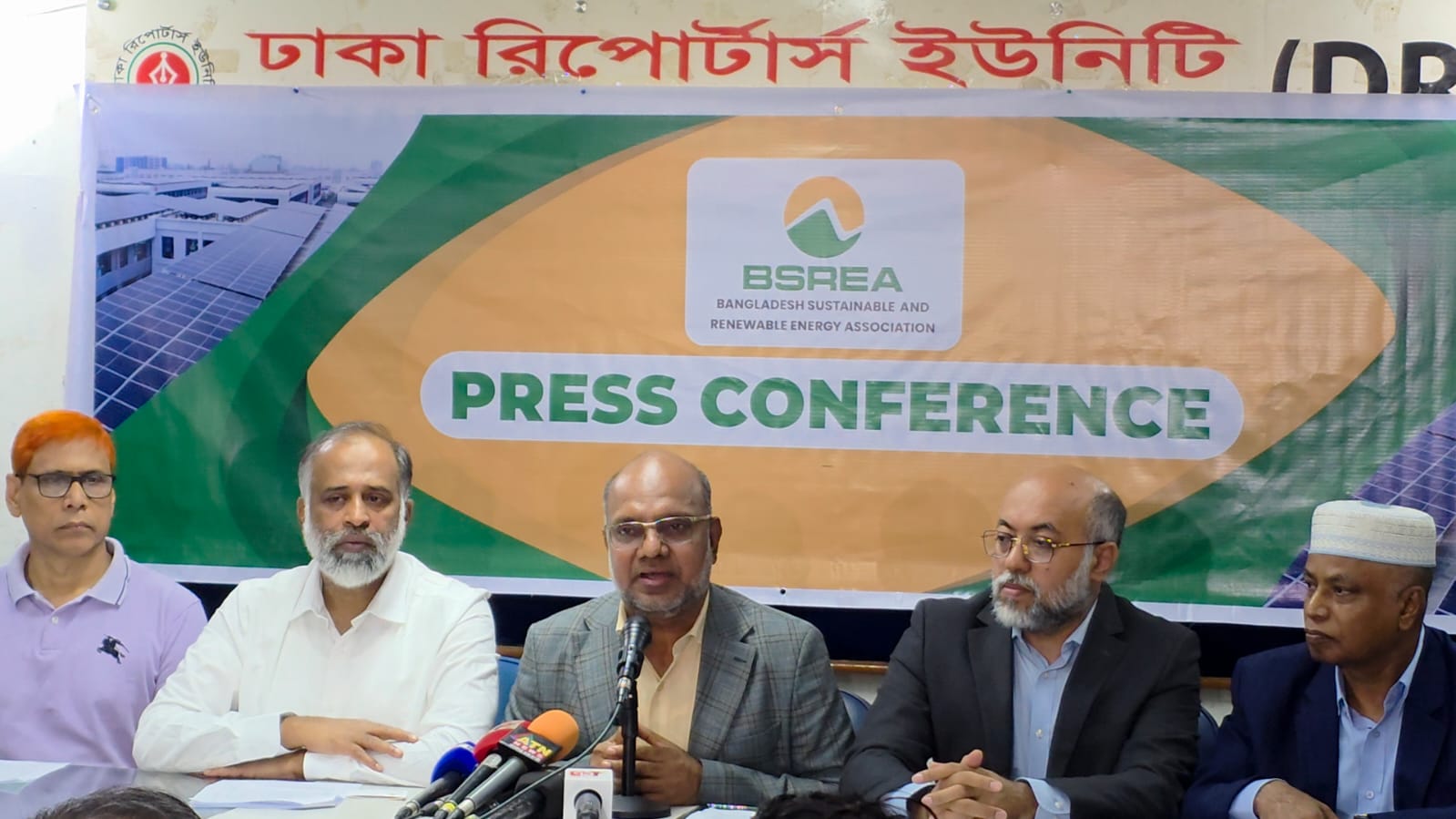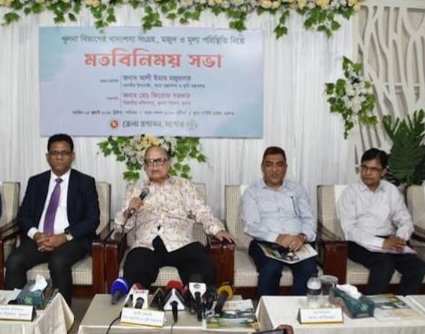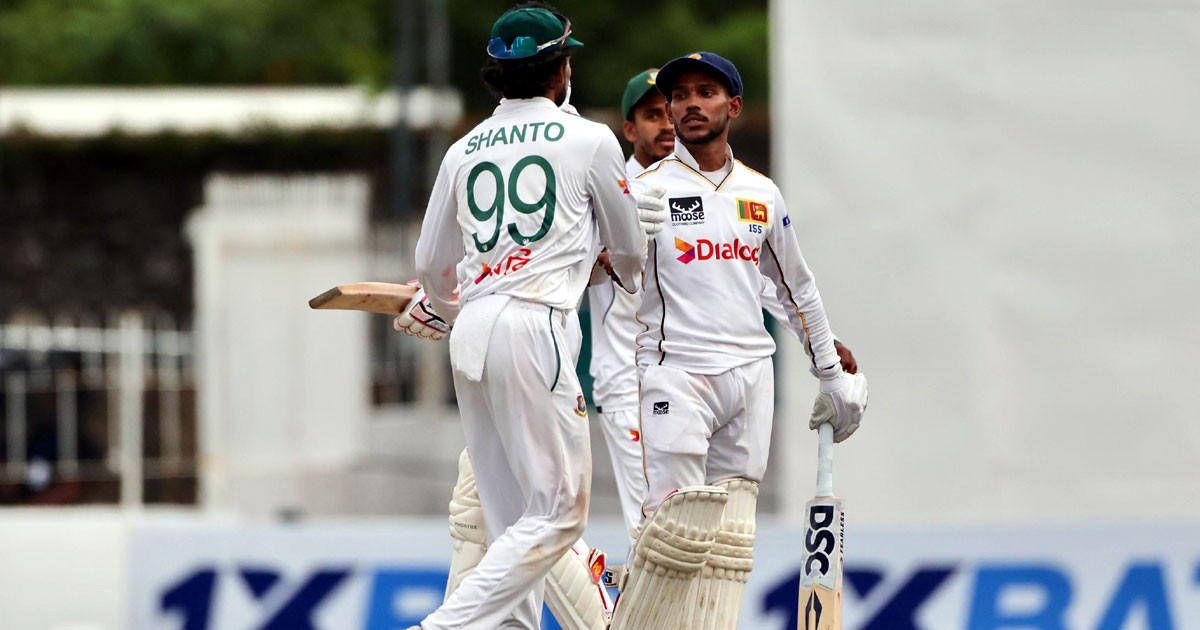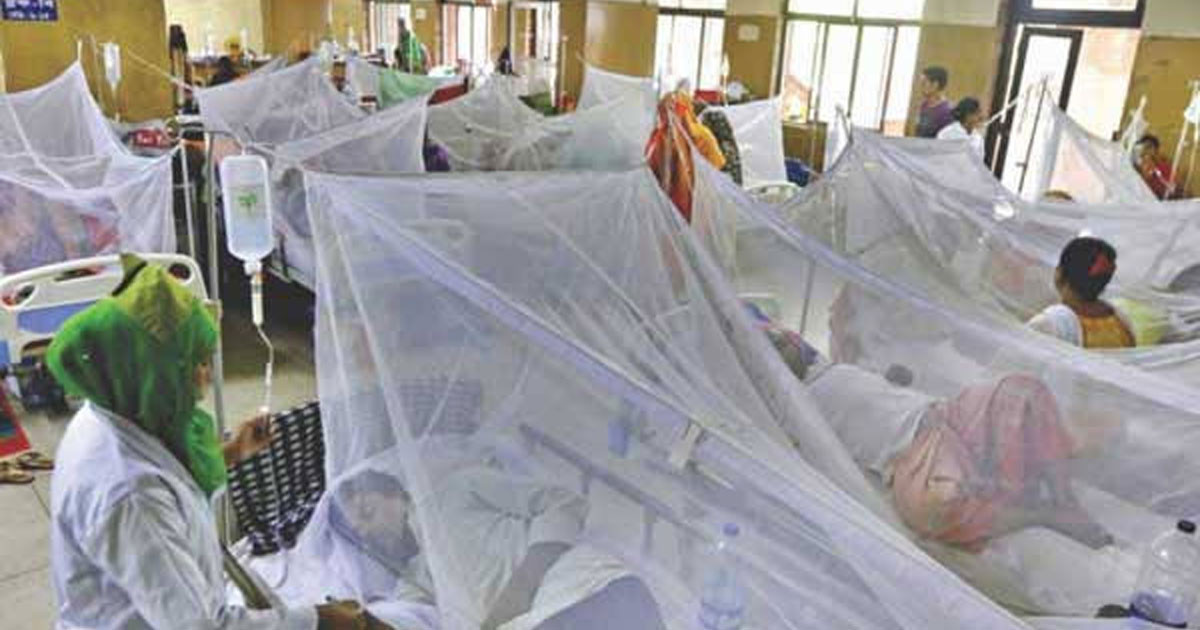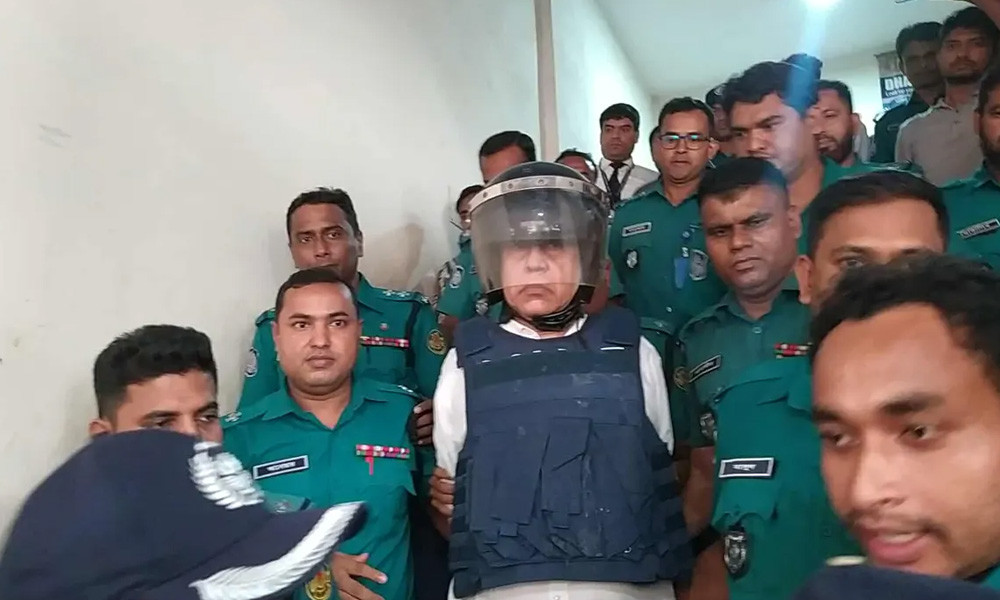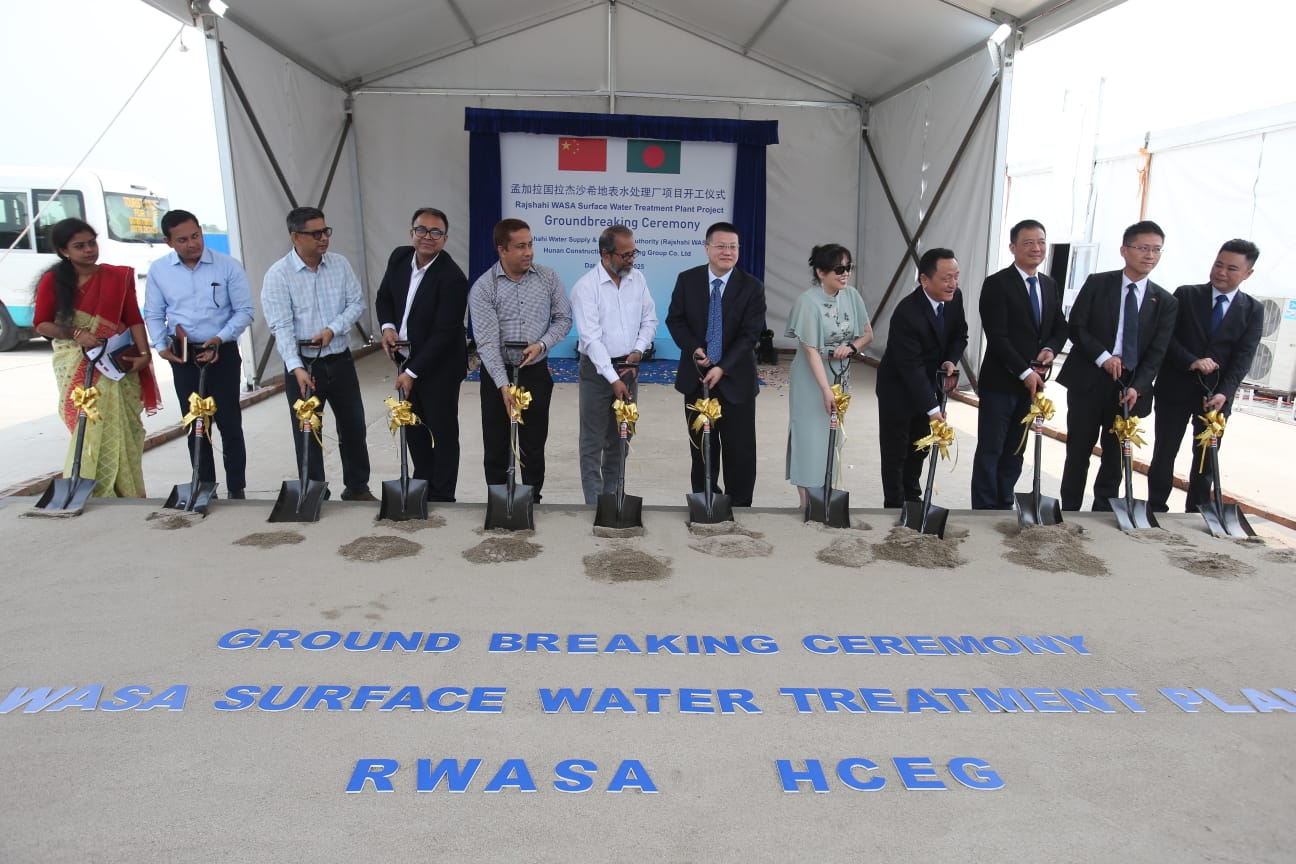
Groundbreaking of Surface Water Treatment Plant promises a sustainable future with 200 million liters of purified water daily, ending reliance on groundwater.
In the heart of Bangladesh’s northwestern plains, a quiet revolution is underway.
On the banks of the mighty Padma River, Rajshahi — long burdened by the silent crisis of groundwater depletion — has taken a historic step toward water security. Officials and dignitaries gathered to mark the groundbreaking of the Rajshahi WASA Surface Water Treatment Plant Project, ushering in a new era where safe drinking water will be a right, not a privilege.
A Lifeline from the Padma
For years, Rajshahi’s heavy dependence on groundwater was unsustainable and dangerous. Beneath the surface, shrinking water tables and arsenic contamination posed growing threats to the health and future of its nearly 700,000 residents.
Now, a Tk 4,062 crore project promises to change that story. Funded through a Chinese Preferential Export Buyer’s Credit loan — and spotlighted during Chinese President Xi Jinping’s historic 2016 visit to Bangladesh under the Belt and Road Initiative (BRI) — the Rajshahi WASA Surface Water Treatment Plant Project is set to revolutionize the region’s water supply system.
Under the project plan, a state-of-the-art water treatment plant will be constructed at Farhadpur in Godagari Upazila, about 26.5 kilometers west of Rajshahi city center. The plant will draw raw water directly from the Padma River, treat it through advanced processes, and deliver 200 million liters of purified water daily to Rajshahi city, Katakhali, and Naohata municipalities.
The total project cost is Tk 4,062.22 crore, with Tk 1,748.63 crore provided by the Government of Bangladesh (GOB) and Tk 2,313.59 crore financed by China Exim Bank. In US dollar terms, the total contract value stands at $325 million, of which GOB will provide $48.75 million and the Chinese side will finance $276.25 million. Construction officially commenced on July 10, 2023, after the loan agreement was signed on May 10, 2023, and the project is scheduled for completion by June 30, 2026.
This ambitious venture falls under the Local Government Division of the Ministry of Local Government, Rural Development, and Cooperatives, with Rajshahi WASA serving as the implementing agency.
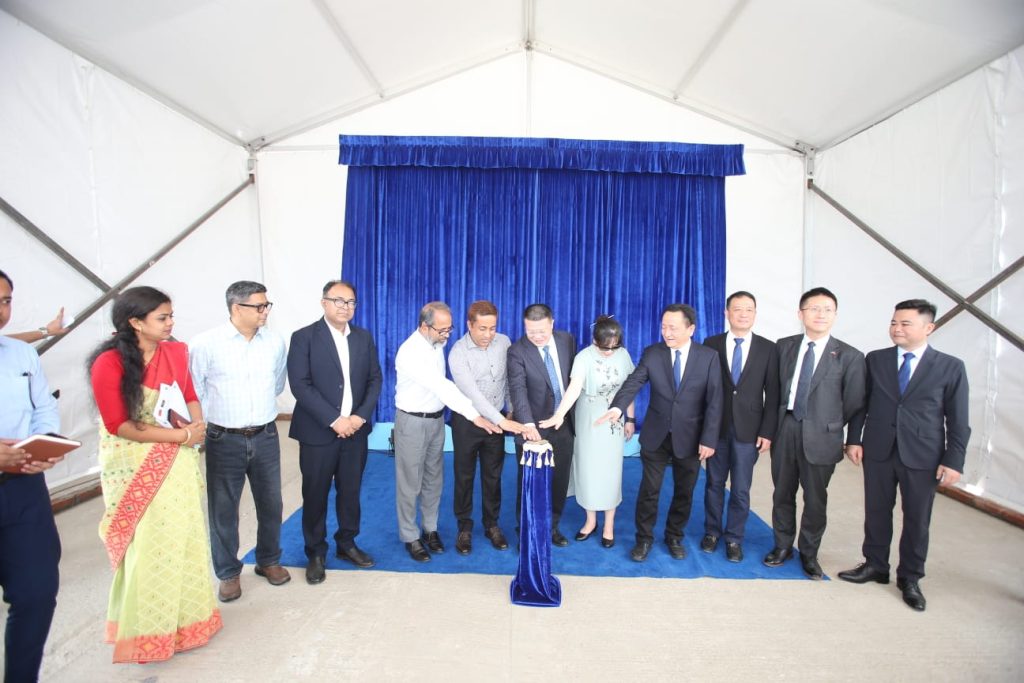
The Surface Water Treatment Plant is designed not only to meet Rajshahi’s current needs but also to prepare for future growth. Based on projections for 2035, the plant will produce 200 million liters per day (MLD) of potable water, raising coverage from 84% to 100% of the city’s population and increasing daily per capita water usage from 65 liters to 140 liters.
A Symbol of Enduring Friendship
Presiding over the groundbreaking ceremony, Chinese Ambassador Yao Wen hailed the project as a “milestone of resilience and partnership” between China and Bangladesh.
“This project embodies the spirit of the Belt and Road Initiative,” he said. “It was envisioned during President Xi Jinping’s historic visit — and today, we are turning vision into reality.”
Ambassador Yao praised the unwavering commitment of government officials, engineers, and local communities who kept the project moving forward through global disruptions and political transitions. As the two nations celebrate 50 years of diplomatic ties, the Surface Water Treatment Plant stands as both an engineering feat and a powerful testament to international cooperation and trust.
Engineering Tomorrow’s Bangladesh
The project is being executed by China’s Hunan Construction Engineering Group (HCEG) under the supervision of Rajshahi WASA (RWASA). Major components include the construction of a raw water intake station at Godagari with an 800-meter transmission pipeline (1,400 mm diameter) to the treatment plant; a full-scale water treatment plant with a 200 MLD capacity; treated water transmission mains comprising two parallel pipelines of 1,000 mm diameter extending 26.5 kilometers each; booster pump stations; and a primary and secondary distribution network spanning 48 kilometers, ranging from 300 mm to 1,400 mm in diameter.
The project covers the areas of Godagari and Paba upazilas under Rajshahi. About 52 acres of land have been acquired to accommodate all project infrastructures.
Md Rezaul Alam Sarker, Managing Director of Rajshahi WASA, called the project “a transformative leap toward sustainable urban living.”
“Our reliance on underground water ends today,” he declared. “With surface water, we ensure healthier lives, greener cities, and future-proof infrastructure.”
Currently, Rajshahi’s water production meets only 70% of its daily demand — extracting about 107 million liters daily through 121 production pumps — against a total need of 130 million liters. By 2027, projected demand is expected to rise to 160 MLD, making the project crucial for long-term urban sustainability.
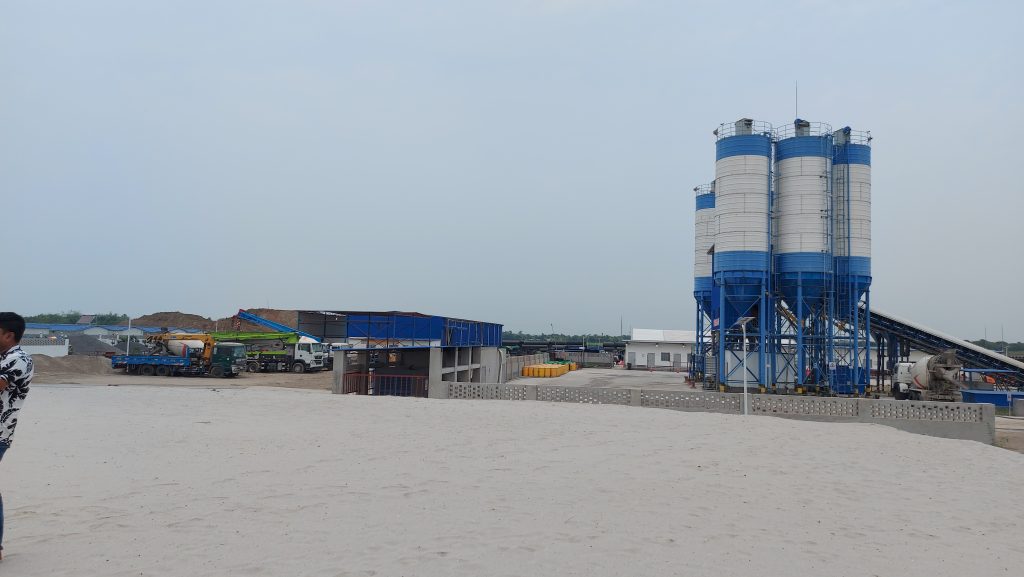
Commitment to Sustainable Development
The project directly contributes to achieving Sustainable Development Goal (SDG) 6: clean water and sanitation for all by 2030. Government officials, including Abdul Quader from the Economic Relations Division (ERD) and Md Mohammad Saiful Islam Mazumder from the Local Government Division, emphasized that the Surface Water Treatment Plant is not just infrastructure — it is an investment in the future.
“This is not merely a water plant,” Quader said. “It is a foundation for economic growth, health security, and climate resilience.”
The transition to surface water will also help preserve groundwater ecosystems critical for agriculture and biodiversity, ensuring a balanced and sustainable environment for generations to come.
A Shared Vision for the Future
Xu Zhou, Deputy General Manager of HCEG’s International Branch, shared his vision for the project, calling it “a beacon for future cooperation.”
“This project is a model of what visionary leadership and people-to-people ties can achieve,” he said.
Under Rajshahi’s 40-year water supply management master plan, all existing pipelines and hydrants will be repaired and renovated to meet future challenges of a hotter, drier climate, ensuring resilience and sustainability.
A Future Built on Water, Trust, and Friendship
As the sun set over the Padma River and the last speeches were made, it was clear that this project is more than an engineering marvel. It is a living symbol of Rajshahi’s resilience, the visionary leadership of Bangladesh, and the enduring friendship between Bangladesh and China. In the years to come, the Surface Water Treatment Plant will stand tall — a promise fulfilled, a crisis averted, and a future made possible.
Written by Ariful Islam, Journalist, The Daily Sun



